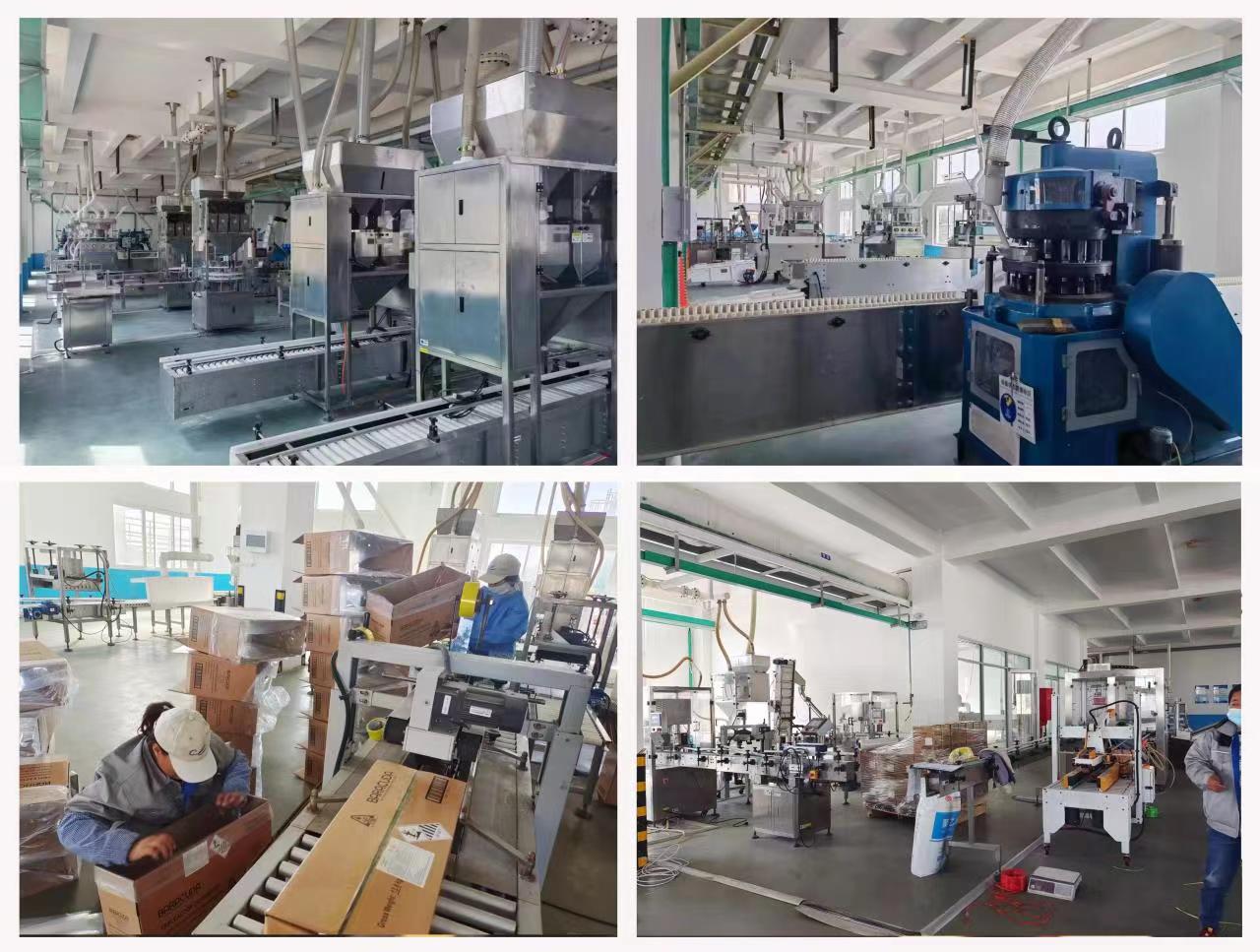

Select Language


Payment Type:L/C,T/T,D/P,D/A
Incoterm:FOB,CFR,CIF,EXW
Brand: kopeo
Place Of Origin: China
Model Number: Customization
Color: Customizable
Appearance: Plastic Granules
Sample: Avaliable
Feature: Temperature Resistance
Advantage: Heat Resistance
Material: TPEE
Classification: Chemical Auxiliary Agent
Type: Powdered Rubber
Payment Type: L/C,T/T,D/P,D/A
Incoterm: FOB,CFR,CIF,EXW
Introduction of the product
Properties of Thermoplastic Polyester Elastomer (TPEE)
By adjusting the ratio of soft and hard segments, the hardness of polyether ester elastomer can be from Shore D (32 to 82), and its elasticity and strength are between rubber and plastic. Compared with other thermoplastic elastomers TPE, the modulus of polyether ester elastomer is higher than other thermoplastic elastomers with the same hardness under low strain conditions. When modulus is an important design criterion, the use of PEEE elastomers reduces the cross-sectional area of the product and reduces the amount of material used.
Polyetherether elastomers have very high tensile strength. Compared with Polyurethane (TPU), the compression and tensile modulus of polyether-ester elastomers are much higher, and when the same part is made from polyether-ester elastomers of the same hardness as TPU, the former can withstand much greater loads. Above room temperature, polyether ester elastomer bending modulus is very high, and low temperature is not like TPU is too hard, and therefore suitable for the production of cantilever beams or torque-type parts, especially suitable for the production of high-temperature parts. Polyether ester elastomer low-temperature flexibility is good, low-temperature notched impact strength is better than other TPE, abrasion resistance and TPU equivalent. Under low strain conditions, polyether ester elastomer has excellent fatigue resistance, and less hysteresis loss, this feature combined with high elasticity, making the material become the ideal material for multiple cyclic load use conditions, gears, rubber rollers, flexible couplings, belts can be used.
2 Thermal properties
Polyether ester thermoplastic elastomers, if no antioxidant is added, will degrade quickly under many conditions, such as water spray, ozone, outdoor atmosphere, etc., so that its viscosity and relative molecular weight decrease, the material elongation at break decreases, and the instantaneous elasticity recovery rate becomes poor. This degradation reaction of polyether ester is a free radical reaction, probably due to the polymer chain with polyether oxygen atoms connected to the carbon atom is attacked, polyether ester elastomer chain breakage generates formaldehyde, formaldehyde is oxidized into formic acid, and formic acid in turn promotes chain breakage. To improve the oxidative degradation of polyether ester elastomers, you can use appropriate stabilization methods, add the stabilizer system should include free radical capture agent, peroxide decomposition agent and formaldehyde capture agent.
Polyether ester elastomers have excellent heat resistance, the higher the hardness, the better the heat resistance. Literature reports that polyether ester elastomers at 110 ℃ and 140 ℃ continuous heating for 10 hours basically no weight loss, at 160 ℃ and 180 ℃ were heated for 10 hours, weight loss is only 0.05% and 0.1%. Isothermal heating curve shows that the polyether ester elastomer in 250 ℃ began to lose weight, to 300 ℃ cumulative weight loss of 5%, to 400 ℃, the occurrence of significant weight loss, and thus the upper limit of the use of polyether ester elastomer temperature is very high, the short-term use of higher temperatures to adapt to the automotive production line baking paint temperature (150 ~ 160 ℃), and it is in the high and low temperatures of the loss of mechanical properties is small. Polyether ester elastomer used above 120 ℃, its tensile strength is much higher than TPU.
In addition, polyether ester elastomers have excellent low temperature resistance. Polyether ester elastomer brittle point is lower than -70 ℃, and the lower the hardness, the better the cold resistance, most of the polyether ester elastomers can be used at -40 ℃ for a long time. Due to the balanced performance of polyether ester elastomers in high and low temperatures, its working temperature range is very wide, can be used in -70 ~ 200 ℃.
3. Chemical medium resistance
Polyether ester elastomer has excellent oil resistance, at room temperature can resist most of the polar liquid chemical media (such as acids, alkalis, amines and diol compounds), but the role of halogenated hydrocarbons (except Freon) and phenols but can not help, and its ability to resist chemicals with the increase in its hardness and improve. Polyether ester elastomer to most organic solvents, fuels and gases, and anti-dissolution properties and anti-permeability is good, the fuel permeability is only neoprene, chlorosulphonated Polyethylene, Nitrile Rubber and other oil-resistant rubbers, such as 1 / 3 ~ 1 / 300.
However, polyether ester elastomers have poor heat and water resistance, and the addition of polycarbonimide stabilizers can significantly improve their hydrolysis resistance. It is reported that the introduction of PEN or PCT in the hard section of PBT in the molecular chain of polyether ester elastomer can obtain polyether ester elastomer with better water resistance and heat resistance.

Company information
The company's main import and export products include:
(1)Petrochemicals:The chemical isolated or derived from petroleum or natural gas.Petrochemicals are everywhere and are integral to modern societies. They include plastics, fertilisers, packaging, clothing, digital devices, medical equipment, detergents, tires and many others. They are also found in many parts of the modern energy system, including solar panels, wind turbine blades, batteries, thermal insulation for buildings, and electric vehicle parts.
(2)Organic Raw Materials are widely used and can be divided into three aspects: one is the raw material used to produce polymer chemical products, that is, the monomer for polymerization; the other is used in other organic chemical industries, including raw materials for fine chemical products; Used in solvents, refrigerants, antifreezes, gas adsorbents, etc. Basic organic chemicals are the basis for the development of various organic chemical products and are a major component of modern industrial structures.
